The automotive world has witnessed a seismic shift in recent years, with traditional body-on-frame SUVs embracing cutting-edge technology while retaining their rugged DNA. Nowhere is this transformation more evident than in the all-new Toyota Land Cruiser Prado LC250, a vehicle that manages to bridge the gap between old-school off-road capability and modern technological sophistication.
From its first glance, the LC250 makes a statement about its dual personality. The design language pays homage to the classic Land Cruiser heritage with its upright stance and squared-off proportions, yet subtle contemporary touches like LED lighting signatures and aerodynamic considerations hint at its modern underpinnings. The iconic Toyota grille has been reinterpreted with a more geometric pattern, flanked by sophisticated lighting units that combine form and function.
Under the hood lies perhaps the most significant departure from tradition. The new Prado offers a range of powertrain options that would have been unthinkable in a hardcore off-roader just a decade ago. Alongside the expected diesel variants, Toyota now offers hybrid technology in their legendary off-road nameplate. The electrified powertrain doesn't just reduce emissions—it provides instant torque at low speeds, precisely where off-road driving demands it most. This clever application of hybrid technology demonstrates Toyota's commitment to innovation without compromising the vehicle's core competencies.
The interior represents another quantum leap forward. Gone are the utilitarian plastics of yesteryear, replaced by premium materials and thoughtful ergonomics. What's remarkable is how Toyota has managed to create this upscale environment while maintaining the durability and easy-clean surfaces that adventure seekers require. The dashboard layout puts crucial controls within easy reach, and the latest iteration of Toyota's infotainment system finally delivers the seamless connectivity that modern buyers expect.
Off-road prowess remains the Prado's raison d'être, and here the LC250 builds upon its legendary reputation. The ladder frame has been redesigned for increased rigidity while reducing weight, and the suspension geometry has been optimized for both comfort on pavement and articulation off it. What's new is how technology enhances these mechanical foundations. The Multi-Terrain Monitor uses cameras to show obstacles hidden from the driver's view, while the Crawl Control system has been refined to be even more intuitive. These electronic aids don't replace driver skill—they augment it, allowing experienced off-roaders to tackle more challenging terrain while helping novices build confidence.
On the safety front, the LC250 comes equipped with Toyota's latest suite of driver assistance technologies. What sets it apart is how these systems have been specifically tuned for off-highway use. The Pre-Collision System, for example, can detect pedestrians and cyclists even at the low speeds typical of trail driving. Lane Tracing Assist works differently when the vehicle senses it's off-road, recognizing that perfect lane discipline isn't the priority in the wilderness. These thoughtful adaptations show how Toyota has considered every aspect of the Prado's diverse mission profile.
The new Global GA-F platform underpinning the LC250 deserves special mention. This architecture allows for both the traditional body-on-frame construction that off-road purists demand and the integration of sophisticated electronic systems that modern buyers expect. The platform's flexibility also means the Prado can accommodate different powertrain configurations without compromising interior space or off-road geometry. It's this kind of forward-thinking engineering that demonstrates Toyota's commitment to keeping the Land Cruiser relevant for decades to come.
Perhaps most impressive is how the LC250 manages to feel simultaneously familiar and revolutionary. Longtime Land Cruiser enthusiasts will immediately recognize the commanding driving position and the solid, planted feel that has defined the model for generations. Yet they'll also appreciate the reduced noise, vibration, and harshness—the result of extensive sound deadening and refined powertrain mounting. The steering retains the precision needed for technical off-road work but gains an on-center refinement that makes highway cruising far less fatiguing than in previous generations.
Toyota's approach to the Prado's technology implementation reflects a deep understanding of their customer base. Rather than chasing gimmicks or following trends blindly, they've focused on innovations that genuinely enhance the ownership experience. The available digital rearview mirror, for instance, maintains visibility even when the cargo area is fully loaded—a practical solution to a real-world problem. The power tailgate can be operated hands-free—particularly useful when your arms are full of camping gear. These thoughtful touches demonstrate Toyota's user-centric design philosophy.
As the automotive landscape continues to evolve at a breakneck pace, the all-new Land Cruiser Prado LC250 stands as a compelling case study in how to balance tradition with innovation. It proves that embracing technology doesn't require abandoning core values, and that even the most hardcore off-roaders can benefit from thoughtful modernization. With this latest iteration, Toyota hasn't just updated the Prado—they've future-proofed it, ensuring that this iconic nameplate remains at the forefront of the SUV market for years to come.
The LC250's arrival marks a watershed moment for the off-road segment. No longer must buyers choose between rugged capability and modern convenience. In this new Prado, they can have both—without compromise. As other manufacturers scramble to keep up with shifting consumer demands, Toyota has delivered a masterclass in evolutionary design, creating a vehicle that honors its storied past while boldly embracing the future.
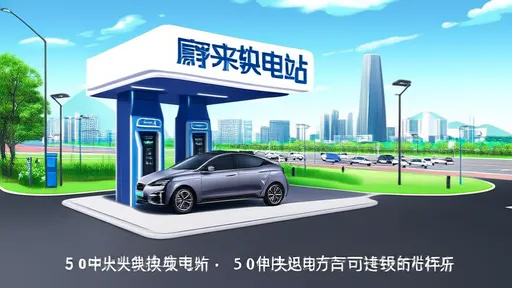
By /Jun 14, 2025

By /Jun 14, 2025
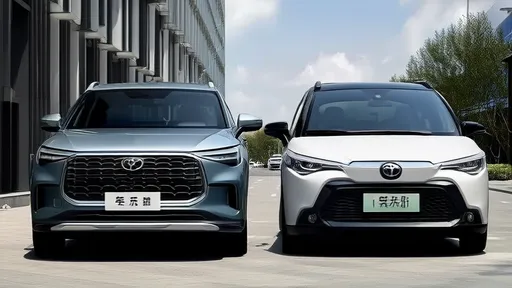
By /Jun 14, 2025
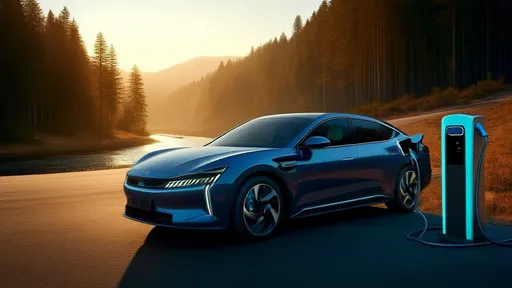
By /Jun 14, 2025

By /Jun 14, 2025
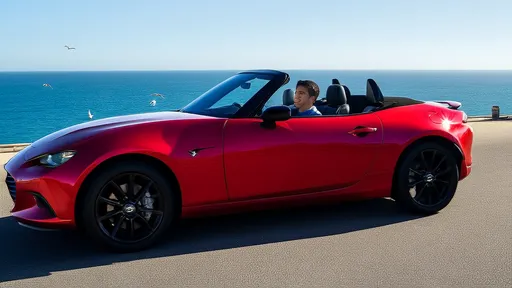
By /Jun 14, 2025
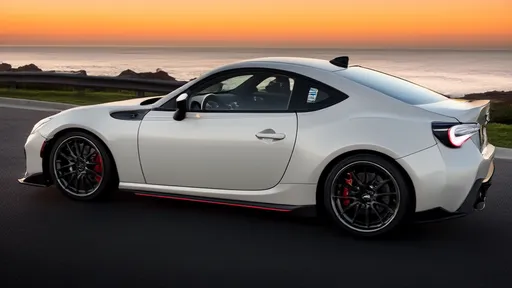
By /Jun 14, 2025

By /Jun 14, 2025
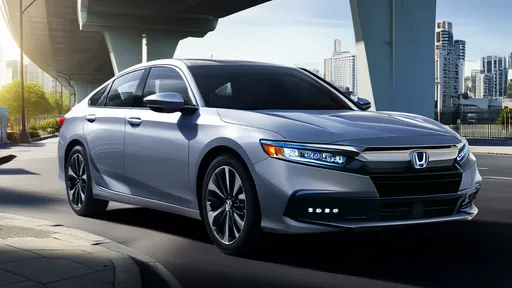
By /Jun 14, 2025
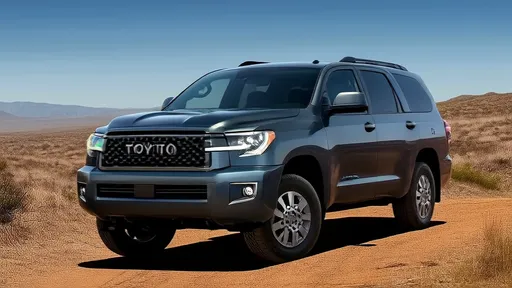
By /Jun 14, 2025
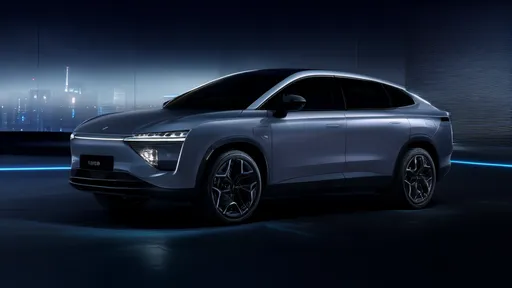
By /Jun 14, 2025
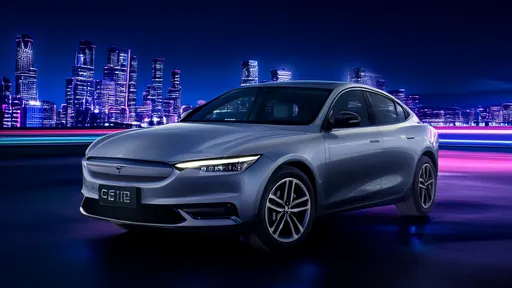
By /Jun 14, 2025
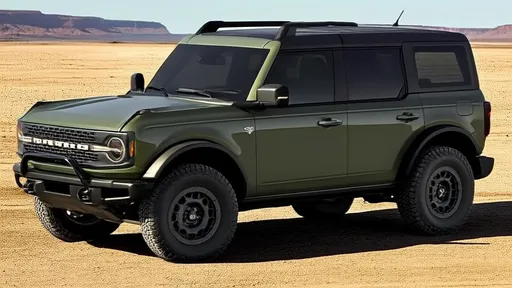
By /Jun 14, 2025
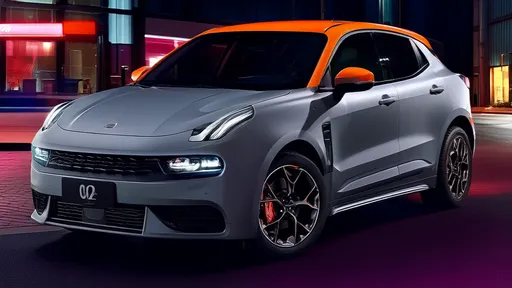
By /Jun 14, 2025
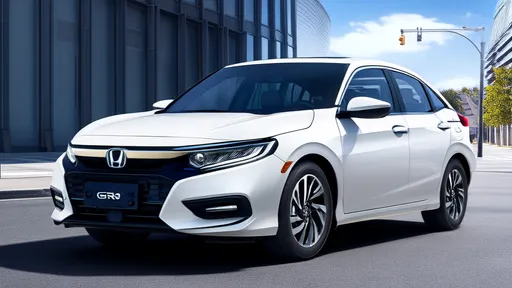
By /Jun 14, 2025
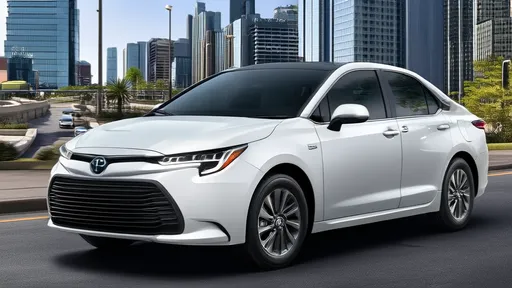
By /Jun 14, 2025
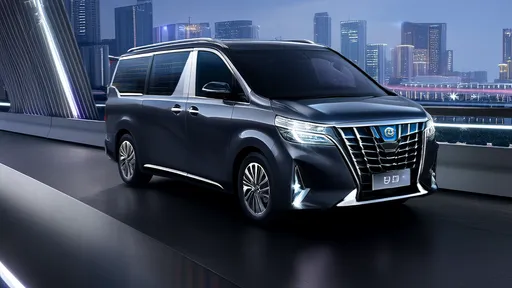
By /Jun 14, 2025
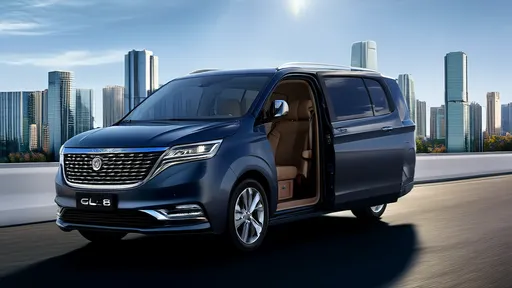
By /Jun 14, 2025
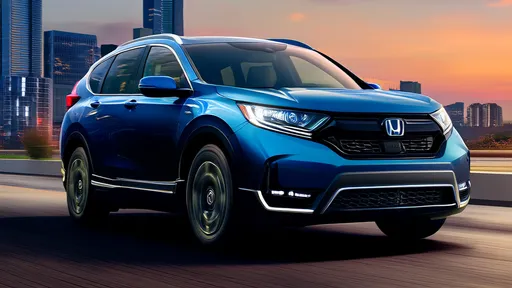
By /Jun 14, 2025
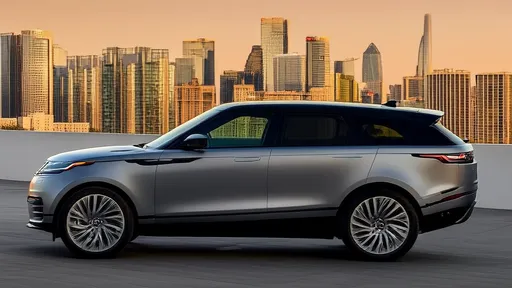
By /Jun 14, 2025